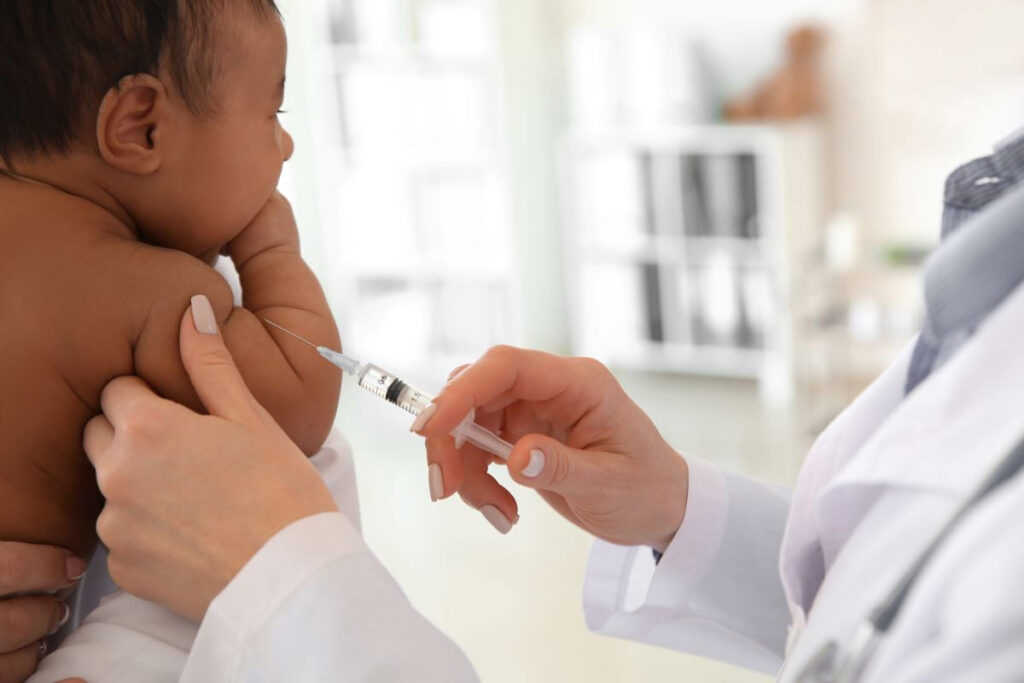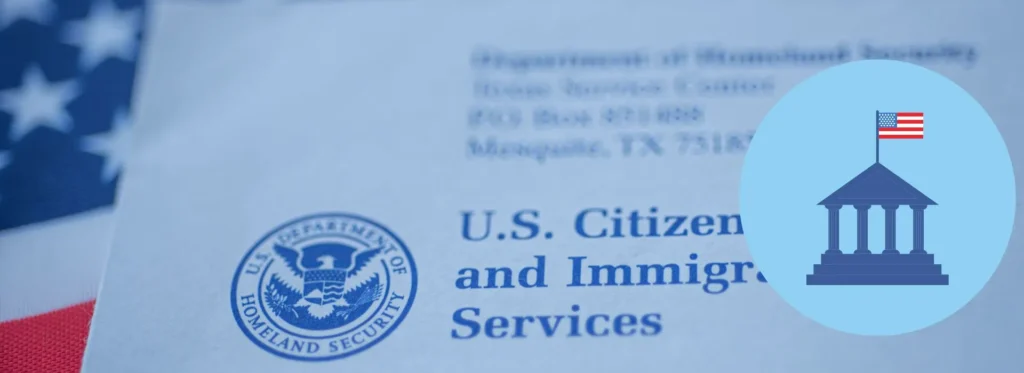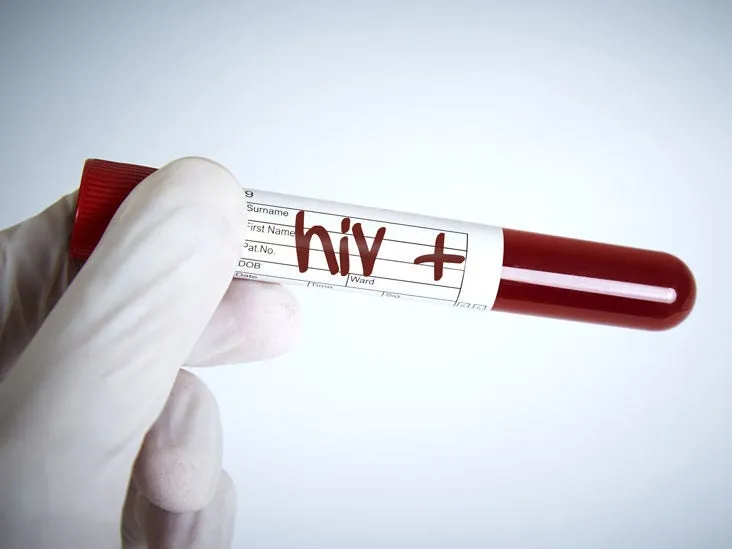At Local MD, we are deeply committed to safeguarding public health, and we recognize that the resurgence of vaccine‐preventable diseases (VPDs) marks a grave reversal in years of progress. In this comprehensive article, we examine the alarming trend of diseases once under control now on the rise, explore the root causes behind their comeback, and articulate what steps must be taken by healthcare providers, policy-makers and communities alike to reverse it.
Understanding the Resurgence of Vaccine-Preventable Diseases
Vaccines have for decades stood among the most powerful tools in modern medicine, contributing to the elimination or control of diseases such as Measles, Polio, Diphtheria and Pertussis in many countries. Yet, in recent years, the world has witnessed a growth in outbreaks of these illnesses once thought largely defeated. According to a joint alert by World Health Organization (WHO), UNICEF and Gavi, “outbreaks of vaccine-preventable diseases such as measles, meningitis and yellow fever are rising globally” and “diseases like diphtheria … are at risk of re-emerging.”
For example, in the United States, modelling from Stanford Medicine researchers has suggested that if childhood immunization rates continue to decline, measles could become endemic again within two decades.
These trends are not isolated: multiple regions across the globe are experiencing similar patterns of re-emergence, which forces us to ask: What’s causing this worrying comeback?
Key Drivers Behind the Comeback
Declining Vaccination Coverage and Gaps in Herd Immunity
One of the most fundamental triggers of disease resurgence is the drop in vaccination coverage. When enough individuals are unprotected, the concept of herd immunity weakens, allowing pathogens to find new hosts and circulate widely. Studies show that across low- and middle-income countries, declines in routine immunization—exacerbated by the COVID‑19 pandemic—have substantially increased the vulnerability of populations.
Moreover, outbreak data from the Centers for Disease Control and Prevention (CDC) and other agencies show that outbreaks of vaccine-preventable diseases often occur in communities with comparatively low vaccination rates.
Vaccine Hesitancy, Misinformation and Distrust
Another critical factor is the rise of vaccine hesitancy—refusal or delay in accepting vaccines despite availability. Distrust of health authorities, fear of side effects and misinformation campaigns all contribute. For example, the resurgence of measles in the U.S. has been strongly linked to clusters of unvaccinated individuals in tight-knit communities, with misinformation playing a powerful role.
Disruptions to Health Systems & Routine Immunization
The COVID-19 pandemic disrupted health service delivery globally: immunization clinics were closed or repurposed, supply chains interrupted, and public health priorities shifted. These disruptions contributed to the drop in routine vaccination coverage and created gaps where VPDs could re-emerge.
Global Travel, Migration and Disease Importation
In an interconnected world, diseases travel across borders. Even if a country has high overall vaccination rates, pockets of under-immunized populations may exist, and travelers can import disease into vulnerable communities. The global movement of people, including refugees and migrants, underlines the need to maintain vigilant immunization programs everywhere.
Health Equity, Access and Infrastructure Challenges
In many regions, especially low- and middle-income countries, access to vaccination remains uneven. Poor infrastructure, cold-chain limitations, and under-resourced public health systems mean that even when vaccines are available, they may not reach all populations. One analysis notes that limited manufacturing capacity and logistical weaknesses in Africa are major contributors to VPD resurgence.
Pathogen Evolution and Waning Immunity
Some resurgence may be due to changes in the pathogens themselves or waning immunity over time. For example, immunity from pertussis vaccination wanes, and combined with low vaccine uptake, the disease may re-emerge even in vaccinated populations.
Major Vaccine-Preventable Diseases Making a Comeback
Measles
Measles is among the most highly contagious diseases, and its resurgence is particularly alarming. An estimated 10.3 million measles cases occurred in 2023 alone — a 20% increase compared to 2022 — according to WHO agencies.
Because measles can undermine the immune system’s “memory” for other pathogens (a phenomenon known as immune amnesia), its return carries not only direct risk but also wider implications for child health and vulnerability to other infections.
Pertussis (Whooping Cough)
Pertussis has shown cyclic re-emergence in many countries. Immunity from both vaccine and natural infection wanes over time, and without high coverage and booster programs, pertussis outbreaks become more likely.
Polio
Although globally rare, polio outbreaks have occurred in places where immunization campaigns faltered. The disease serves as a stark reminder of how quickly a near-eradicated disease can re-gain foothold if vaccination efforts slip.
Diphtheria, Yellow Fever, Meningitis and Others
Other diseases previously under control are also creeping back, especially in regions affected by conflict, migration, or low immunization uptake.
Why This Matters: Consequences of the Resurgence
The comeback of vaccine-preventable diseases carries serious implications:
-
Increased morbidity and mortality: Diseases once rare may cause significant hospitalizations, long-term complications and deaths.
-
Strain on healthcare systems: Outbreak response consumes resources, while routine care may suffer.
-
Economic burden: Treatment and outbreak containment are costly; lost productivity adds to the impact.
-
Community vulnerability: When herd immunity declines, even individuals who can’t be vaccinated (due to age or health conditions) become at higher risk.
-
Global health regression: Gains made over decades can be reversed quickly if vigilance wanes.
What Healthcare Providers and Public Health Programs Must Do
Maintain and Strengthen Routine Immunization
At Local MD we emphasize that routine immunization must remain central. Ensuring every eligible child (and adult when applicable) receives recommended vaccines on schedule is key. We should also monitor coverage data and identify gaps in communities.
Combat Vaccine Hesitancy Through Education and Trust Building
Clear, consistent communication is vital. Healthcare providers should engage with patients and families, address concerns empathetically, dispel misinformation and build trust. Communities with strong engagement and genuine dialogue show better uptake.
Improve Access and Delivery Infrastructure
Vaccines must reach all corners—including underserved and hard-to-reach populations. Improving cold chain logistics, outreach services, flexible clinic hours and mobile units are among the strategies to ensure equity in access.
Support Surveillance, Rapid Response & Outbreak Preparedness
Public health systems must track immunization coverage and disease incidence in real time. When cases of VPDs appear, rapid response—including contact tracing, supplementary immunization activities and public alerts—can limit spread.
Coordinate Global and Local Efforts
Because infectious diseases do not respect borders, international collaboration is essential. Sharing best practices, aligning immunization strategies, and supporting countries with weaker health systems will reinforce global resilience.
Promote Booster and Adult Vaccination Where Needed
Some diseases like pertussis or measles may require booster doses or adult interventions to maintain immunity. Providers should evaluate immunization status beyond childhood and promote catch-up vaccination.
Challenges and Forward Looking Considerations
Addressing Disparities in Coverage
Health-equity gaps mean that even in high-income countries, outbreaks often occur in communities with poor access or low trust in the health system. Targeting these pockets is essential to prevent resurgence.
Countering Misinformation and Social Dynamics
The social dynamics of vaccination decisions are complex: peer influences, cultural beliefs, exposure to misinformation online all play a role. Research indicates heterogeneity in vaccination coverage can lead to multiple equilibria in disease burden, complicating control efforts.
Sustaining Immunization Funding and Political Will
Public health budgets often face pressure during non-crisis periods. WHO/UNICEF/Gavi warn that funding cuts threaten the hard-won gains in immunization. Sustained investment is non-negotiable.
Adapting to Changing Disease Patterns
As pathogens mutate, immunity wanes and travel increases, immunization strategies must evolve. Monitoring epidemiology, adjusting schedules, and ensuring high vaccine efficacy are ongoing tasks.
Conclusion: Reaffirming the Value of Vaccination and Vigilance
The resurgence of vaccine-preventable diseases is not inevitable—but it is preventable. At Local MD, we reaffirm our commitment to ensuring that vaccination remains a foundational pillar of public health. We call on healthcare providers, policy-makers, community leaders and individuals to work together, maintain high immunization coverage, combat misinformation, strengthen infrastructure and build trust.
By doing so, we honor the decades of progress made, protect vulnerable populations, alleviate health and economic burdens—and importantly, we uphold the promise of a future free from diseases once conquered.






